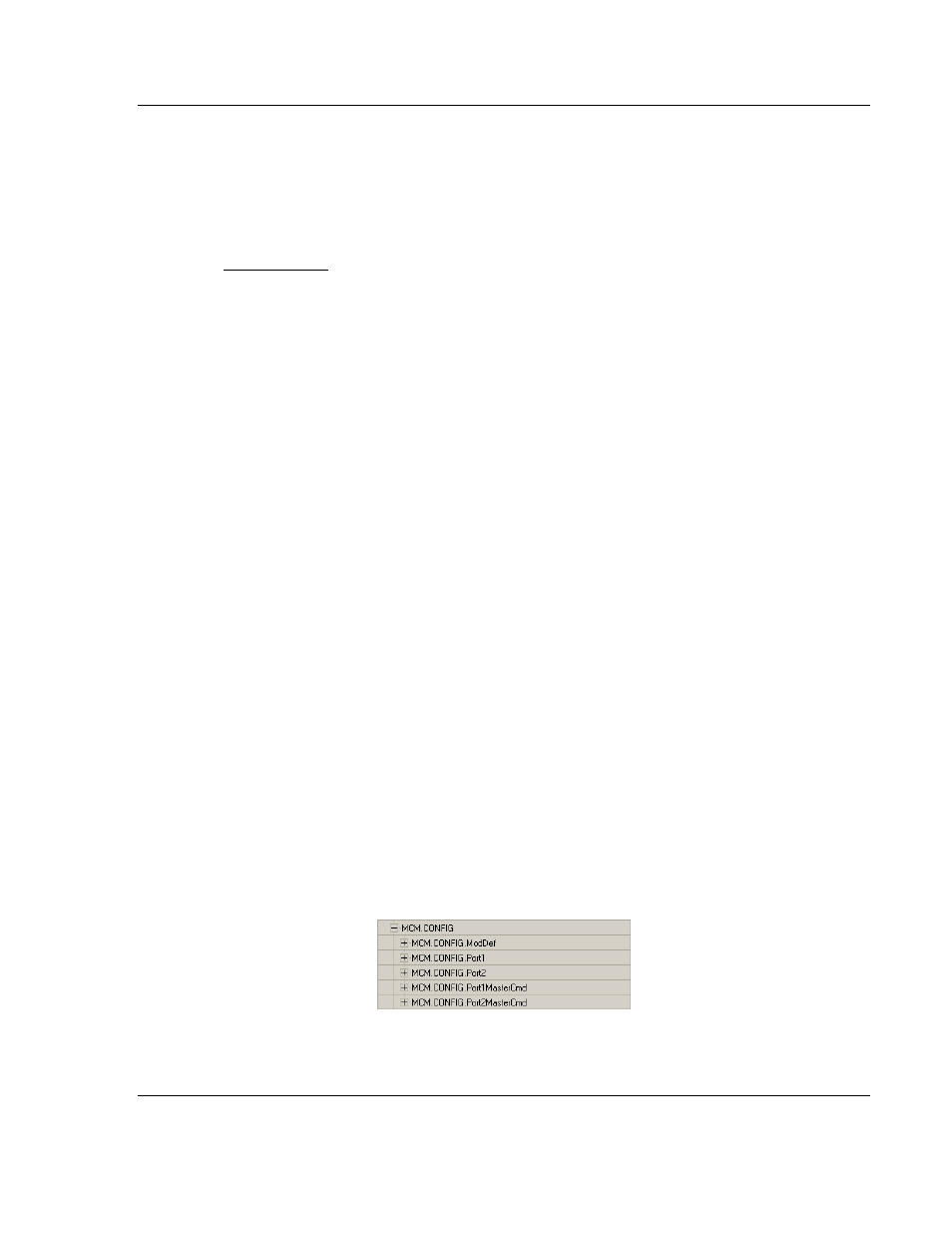2configuration as a modbus master – ProSoft Technology MVI56E-MCM/MCMXT User Manual
Page 33

MVI56E-MCM ♦ ControlLogix Platform
Configuration as a Modbus Master
Modbus Communication Module
User Manual
ProSoft Technology, Inc.
Page 33 of 199
June 18, 2014
2
Configuration as a Modbus Master
In This Chapter
Overview ............................................................................................... 33
ModDef Settings .................................................................................... 34
Master Command Examples ................................................................. 41
Floating-Point Data Handling (Modbus Master) ..................................... 46
Command Control and Event Command ............................................... 52
2.1
Overview
This section describes how to configure the module as a M
ODBUS
M
ASTER
device. The Master is the only device on a Modbus network that can initiate
communications. A Master device issues a request message, and then waits for
the Slave to respond. When the Slave responds, or when a timeout has
occurred, the Modbus Master will then execute the next command in the list.
The following RSLogix controller tags contain the Modbus Master configuration.
You must configure all three sets of controller tags.
1 The M
OD
D
EF
controller tags set up the backplane communication between
the MVI56E-MCM module and the ControlLogix processor. These settings
include register addresses for ReadData and WriteData. You can configure
up to 10,000 data registers in the module to exchange data with the
ControlLogix processor.
2 The P
ORT
1
and P
ORT
2
controller tags configure the Modbus application
serial port. This set of controller tags configures serial communication
parameters such as baud rate, data bits, and stop bits. They also contain
settings to configure the port as a Modbus Master or a Modbus Slave.
3 The P
ORT
1M
ASTER
C
OMMAND
and P
ORT
2M
ASTER
C
OMMAND
controller tags
define a polling table (command list) for the Modbus Master. This set of tags
contains the addresses for devices on the network, the types of data (Modbus
Function Codes) to read and write with those devices, and the location to
store the data within the module’s 10,000 data registers.
